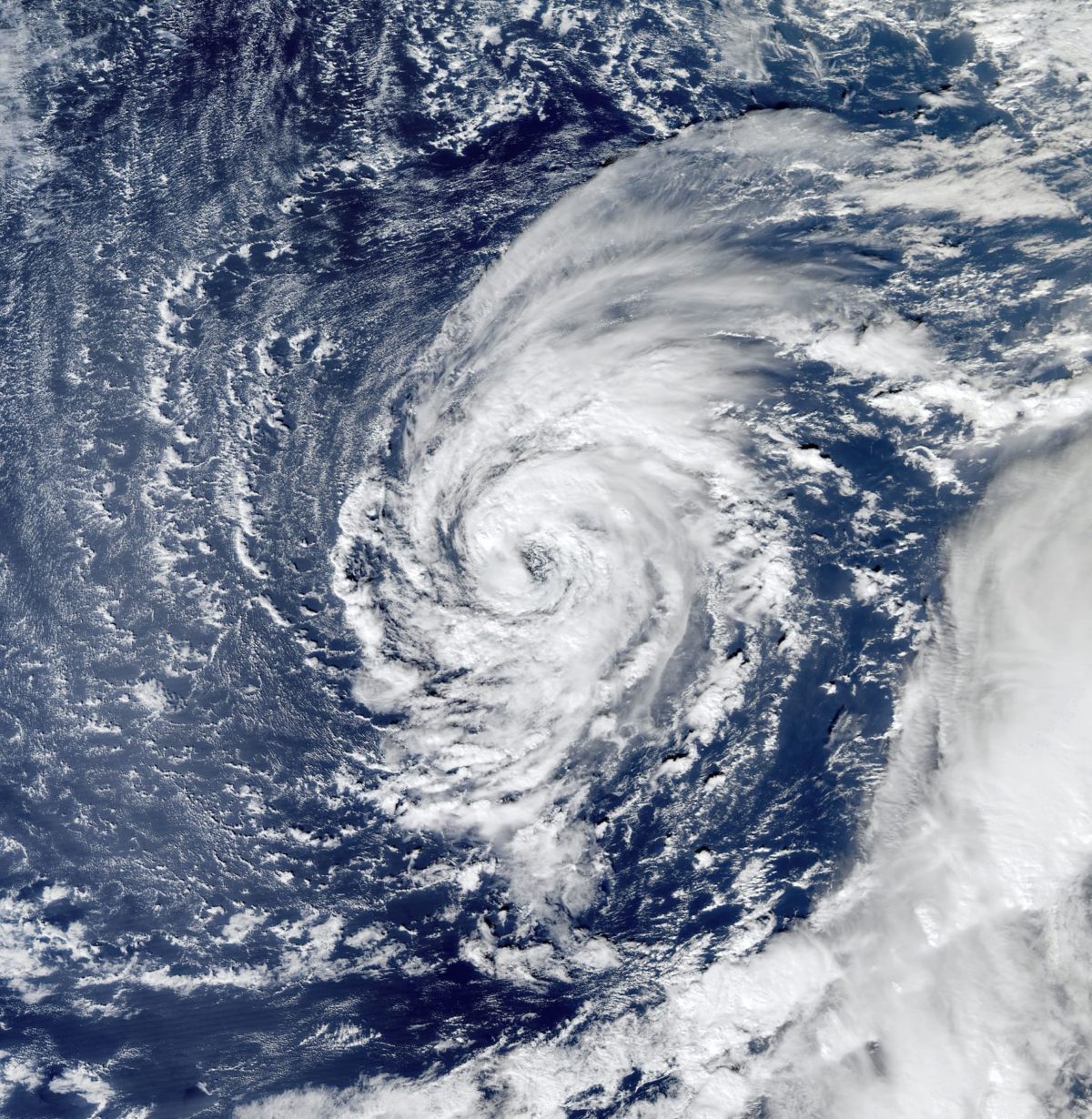Introduction to Tenerife Tenerife is the largest and most populous island of the Canary Islands, an Spanish archipelago located in the Atlantic Ocean off the coast of Western Africa. With an area of 2,034 square km and a population of around 900,000 inhabitants, Tenerife stands out for its vibrant tourism industry, stunning volcanic landscapes, and […]

